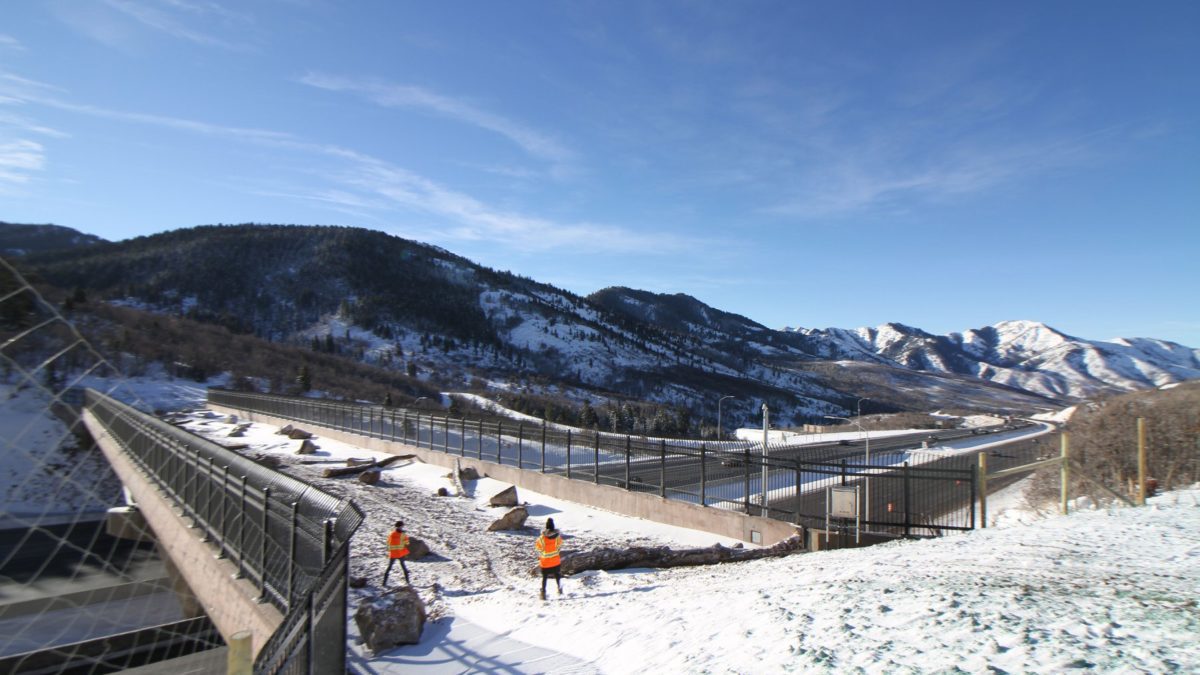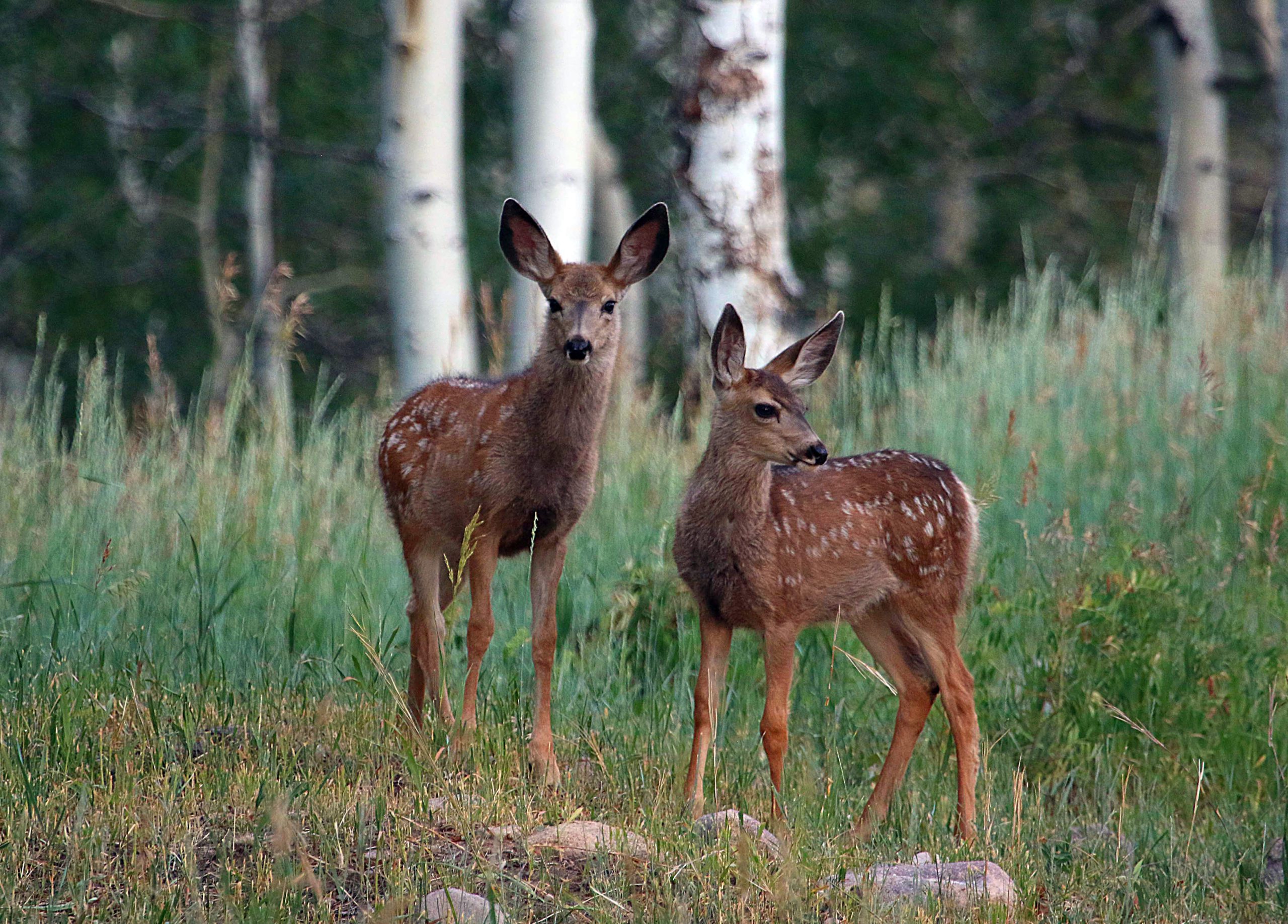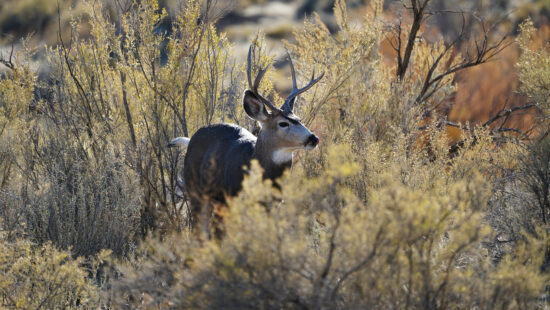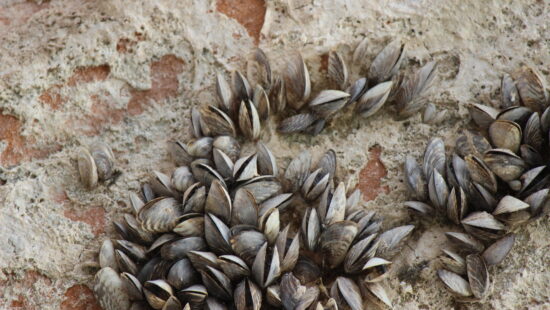News
Infrastructure law includes millions for animal crossings

The wildlife bridge over I-80 at Parley's Summit was finished in 2018. Photo: Utah Division of Wildlife Resources
SALT LAKE CITY — Motorists and truckers aren’t the only ones to benefit from the recently signed $1.2 trillion infrastructure law, which includes the largest investment in roads and bridges in a generation.
Wildlife will experience a lifesaving benefit if states tap into some $350 million earmarked for the construction of animal crossings over and under highways that run through wildlife migrating routes in the West and elsewhere, the Deseret News reported.
It’s the largest single sum ever invested to resolve the deadly problem of vehicle-wildlife collisions that stretches back nearly a century when the government first began funding the construction of high-use roads and highways, says Matt Skroch, project director of U.S. public lands and rivers conservation for the Pew Charitable Trusts.
“The law has the potential to yield a huge return on investment by making roads safer, and populations of wildlife healthier, across the American West,” he wrote in a recent article for Pew Charitable Trusts.
Wildlife have been roaming the landscape for millennia before the automobile. Their migration corridors can stretch up to 200 miles as they head to the lower elevation valleys for winter foraging and return to the cooler mountain areas in the summer.
Skroch explained the seasonal migrations among deer are passed down from generation to generation, so when roads started crisscrossing their routes in the West collisions are inevitable. A report to Congress by the Federal Highway Administration showed more than 1 million wildlife-vehicle collisions occur annually, injuring or killing thousands of people and animals.
That study, the most recent available, was in 2008. And the carnage persists, particularly in the Western United States where traffic volumes have increased. The Pew article co-authored by Skroch noted a stretch of U.S. Highway 550 near the Billy Creek Wildlife Area in western Colorado is infamous for its roadkill and occasional major accidents, as is a portion of U.S. Highway 26/287 between Riverton and Dubois in Wyoming.
But during the past decade, advances in GPS technology, such as collars affixed to deer, have also made it possible to map animal migration routes with pinpoint accuracy, which has also led to solutions beyond road signs, such as fencing or highway crossings dedicated to wildlife, that are enormously effective.
“Some of these structures have reduced collisions by more than 80%,” Skroch wrote.
An example of that success is an overpass dedicated to wildlife erected at Parleys Summit along I-80 in Utah in 2018. Video from the state’s Department of Wildlife Resources shows dozens of animals, from rodents and deer to moose and bears, using the overpass at all hours.
In the two years before the $5 million wildlife overpass was built, more than 100 wildlife-vehicle crashes were reported, according to the Utah Department of Transportation, and it’s estimated the number of unreported collisions was four times that many.
The technological advances and data-backed successes in several states like Utah, helped public safety and wildlife stakeholders in both government and nonprofit arenas successfully lobby Congress to include funding for wildlife crossings in the Biden administration’s bill Skroch explained.
“What the wildlife crossing provision in this new federal infrastructure and transportation bill is all about is providing the guidance and resources to really mainstream that win-win solution” that will save the lives of people and wildlife, he said in an interview.


















